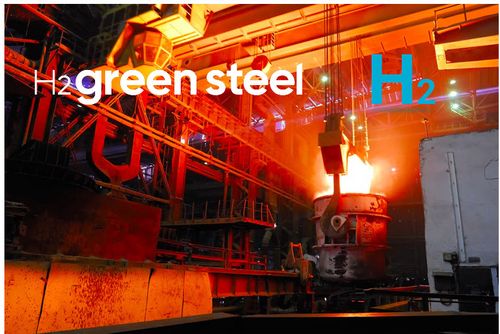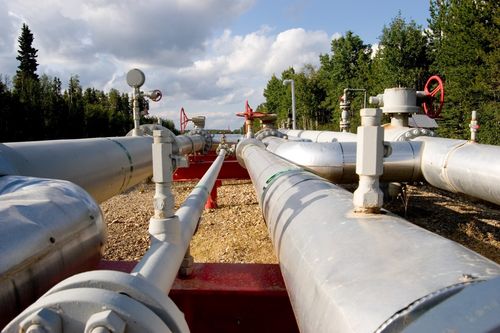Amazon has made its first investments in direct air capture (DAC) as part of its Climate Pledge commitment to reach net-zero carbon emissions by 2040, according to a news release.
Amazon is supporting the world’s largest deployment of DAC technology by committing to purchase 250,000 metric tons of carbon removal over 10 years from STRATOS, 1PointFive’s first DAC plant. This is equivalent to the amount of carbon stored naturally across more than 290,000 acres of U.S. forests—roughly half the size of the state of Rhode Island. Carbon captured under this agreement will be stored deep underground in saline aquifers, which are large geological rock formations that are saturated in salt water.
1PointFive is a subsidiary of Occidental Petroleum.
In addition, Amazon’s Climate Pledge Fund is making an investment in CarbonCapture Inc., a climate technology company recognized for its pioneering modular DAC systems. These systems are designed to be easily upgraded over time with next-generation sorbents that filter carbon dioxide (CO2) out of the atmosphere, facilitating cost reductions driven by rapid material science advancements.
In DAC technology, CO2 in the atmosphere is filtered out and stored in underground geological formations, or used to create products such as building materials, like concrete, bricks, and cement. With these new investments, DAC will become one component of Amazon’s broader sustainability strategy, which also includes developing nature-based solutions such as forest conservation and restoration.
“Amazon’s primary focus is to decarbonize our global operations through our transition to renewable energy, building with more sustainable materials and electrifying our delivery fleet, and global logistics,” said Kara Hurst, vice president of worldwide sustainability at Amazon. “We are also pursuing changes such as reducing the weight of packaging per shipment for our customers. At the same time, we also need to seek every possible avenue to reduce carbon in the atmosphere. These investments in direct air capture complement our emissions reductions plans, and we are excited to support the growth and deployment of this technology.”








